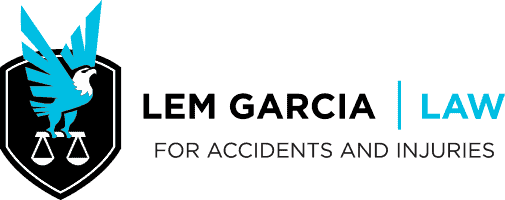Understanding personal injury as a legal term
Every year, thousands of Americans are injured in different types of accidents, but not all of these accidents provide the grounds for filing a personal injury lawsuit. An injury that occurs due to an accident that was caused by the wrongful actions or negligent actions of another person or entity meets the definition of personal injury.
To determine whether or not you can pursue a personal injury lawsuit, consult an experienced attorney at Lem Garcia Law.
What You Need to Know About the Term Personal Injury
The legal definition of personal injury is an injury that occurs when a person’s body, emotions, or mind are injured as the result of the carelessness, negligence or wrongful conduct of another person.
There are many types of incidents that can lead to a personal injury claim.
These incidents can include:
- Motor vehicle accidents
- Plane accidents
- Drunk driving accident
- Workplace injuries
- Motorcycle accidents
- Slip and fall accidents
- Pedestrian accidents
- Trucking accidents
Personal injury law can also include medical malpractice, inadequate security claims, intentional torts, such as civil assaults, battery, and more.
The legal definition of personal injury applies to a wide range of circumstances and situations. Because of the complexity of personal injury law, you must seek legal expertise if you’re not sure you have a valid claim.
Negligence in a Personal Injury Claim
If you sustained injuries in an accident, you must prove that the other party involved was negligent to hold them liable. Typically, when someone acts carelessly or recklessly and causes harm to someone else, their actions are considered negligent. In a personal injury lawsuit, personal injury plaintiffs must prove that the conduct of defendants meets the elements of negligence.
There are four elements of negligence that the plaintiff must prove.
Duty
To prove this element of negligence, the plaintiff must show that the defendant owed them a legal duty. The duty can vary, depending on the type of personal injury case. For example, in an auto accident personal injury claim, the defendant owed the plaintiff a duty to drive responsibly and follow traffic laws.
Breach of Duty
After the plaintiff proves that the defendant owed them a duty, they must show that the defendant breached their duty. A breach can be shown by the defendant’s actions or failure to act. Whether or not a breach occurred is determined by what actions a reasonable person would have taken under the same circumstances. If a reasonable person would have known that their actions or inaction might harm another person, a breach will likely be found. For example, a reasonable person would know not to drive if they were intoxicated.
Causation
Causation is the third element of negligence that a plaintiff must prove. This means that the plaintiff must show that the defendant’s breach of duty caused their accident and their resulting injuries and other damages. To hold the defendant liable, the plaintiff’s injury must be one that was reasonably foreseeable and the breach of duty must either be the proximate or direct cause of the plaintiff’s injury.
Harm
Harm is the final element of negligence in a personal injury claim.
To prove this element, the plaintiff must be able to show damages. There are many types of damages that injury victims can recover if their case meets the legal definition of personal injury. This includes economic damages, non-economic damages, and in some cases, punitive damages.
Monetary damages or financial damages often include:
- Past and future medical expenses
- Lost wages
- Damage to property
- Potential Damages
Non-financial damages, or non-economic damages can include:
- Pain and suffering
- Loss of quality of life
- Emotional distress
- Under certain circumstances, the injury victim’s spouse may be able to claim non-economic damages for loss of consortium.
At Lem Garcia Law, we can analyze your case and your injuries to value your claim and ensure you receive a full and fair settlement.
Statute of Limitations
If you believe you have valid grounds for filing a personal injury lawsuit, you must act quickly. There are statutes of limitations for filing a personal injury lawsuit. If you fail to file your lawsuit within the specified time period, you may be unable to seek compensation for your injuries and other damages. In the state of California, the time limitation for personal injury lawsuits is two years from the date of the accident or incident.
Contact Lem Garcia Law Today
If you were recently involved in a personal injury accident, contact the personal injury attorneys at Lem Garcia Law today. We offer free, no-obligation case strategy sessions. You can meet with one of our experienced personal injury attorneys to ask questions and discuss the facts of your case. If you decide not to work with us, you will still leave our office knowing what your legal options are moving forward. If you do decide to let us handle your case, we can help you determine the best course of action to obtain maximum compensation for your injuries and other losses. Contact Lem Garcia Law today to schedule your free case review.


